I'm well out of my depth here – please be kind!
My kids and I have set up the circuit below and the LED is lighting up unexpectedly.
When the switch is off, so is the motor BUT the LED is on. But when the switch is on, the motor is on but the LED is off.
How would you explain to kids (around 10 years old) what is happening in the circuit?
EDIT: Part 2 – More experimentation
So, I very much appreciated all the answers provided here, and the kids were receptive to the explanation I gave them. I showed them the circuit diagrams and we could visualise what was going on.
Then, in the course of more experimentation, we discovered something that seemed to contradict part of the story I had just given them: the part about the LED not illuminating when the switch is on. All the answers describe an alternate route for the electrons in that situation.
We removed the switch from the circuit, so now logically there's just one path for the electrons to travel; that is, like JRE's first diagram. And same as before, the LED draws enough current to be lit, the motor does not and so does not run.
The baffling part: when we hand-cranked the motor (in the same direction it would normally run) the LED dims, or goes off completely, in accordance with how fast the motor is cranked. So even though there is no other path for the electrons to travel, with the motor (artificially) “running” we saw less power going through the LED, just as if there was still an alternate route.
Stop cranking, and the LED lights up again. Crank in the reverse direction, the LED glows brighter than otherwise.
So I don't have a good explanation of why the LED goes dark when the motor is on.
Below is a close-up of the LED, both in and out of its housing. (There's a resistor in there, which no doubt affects things!)





